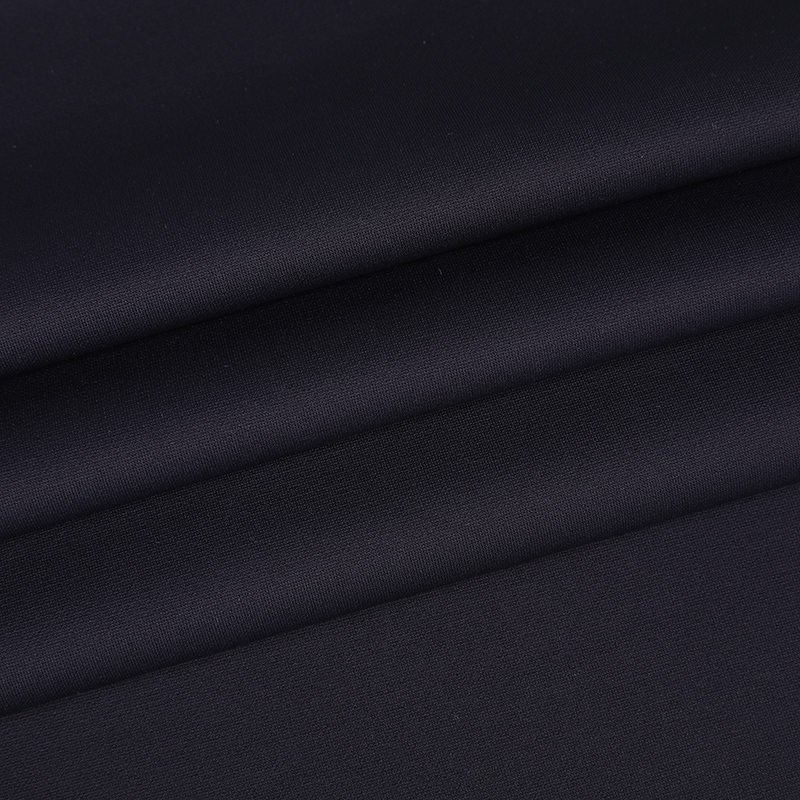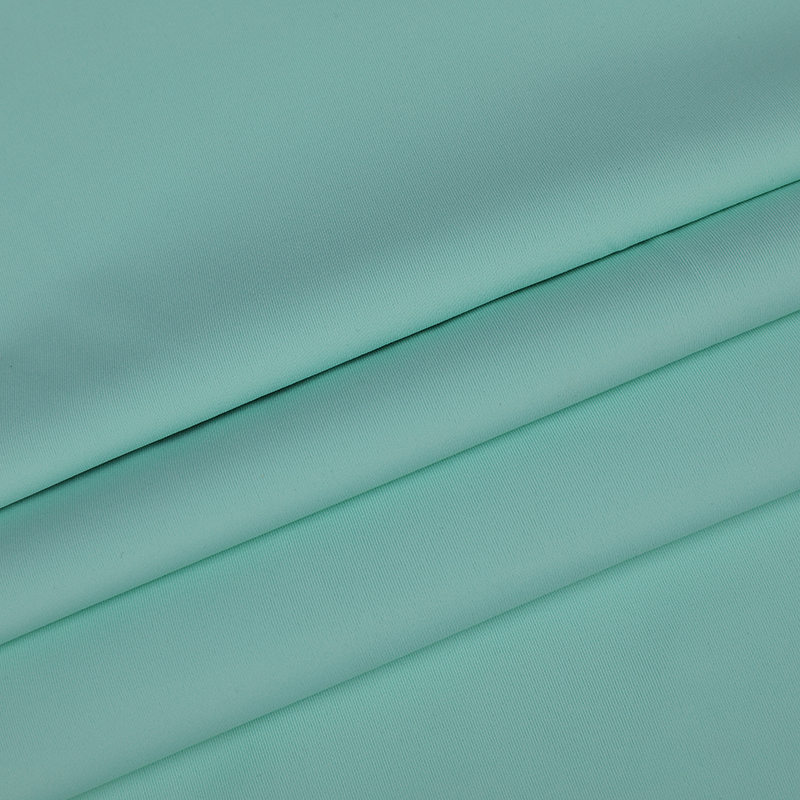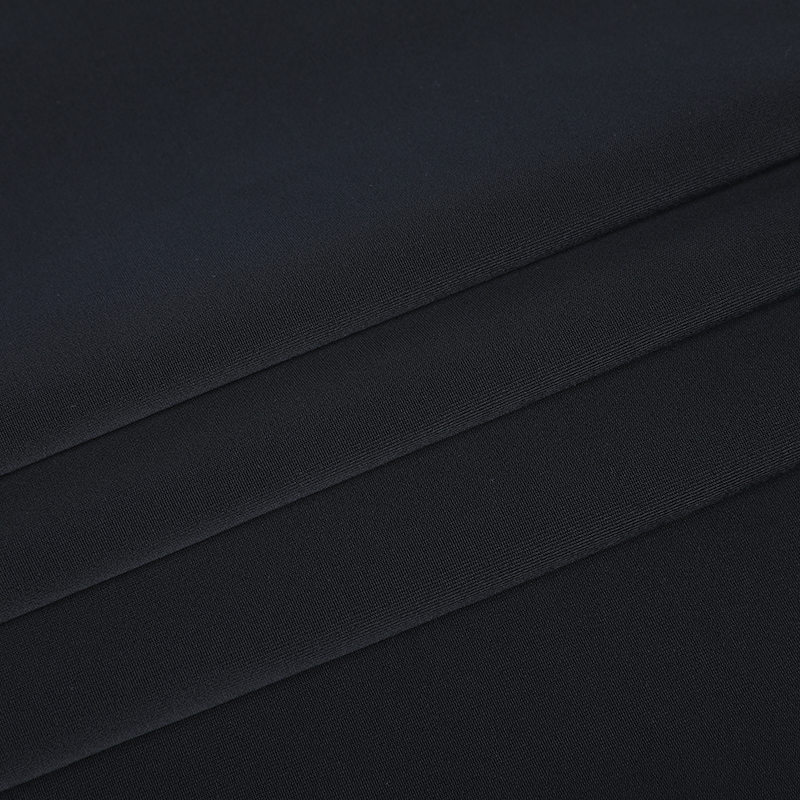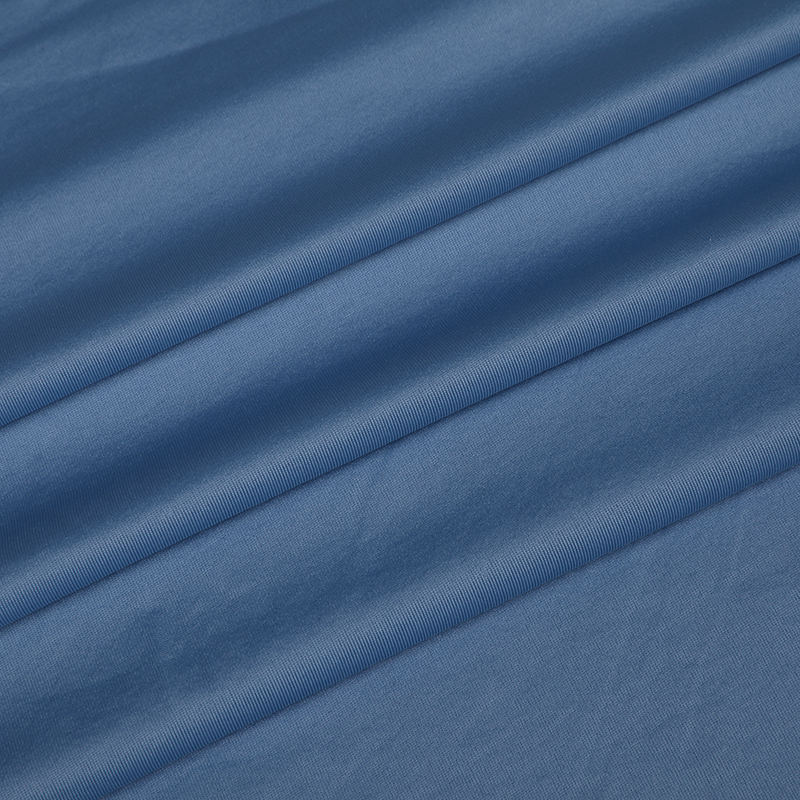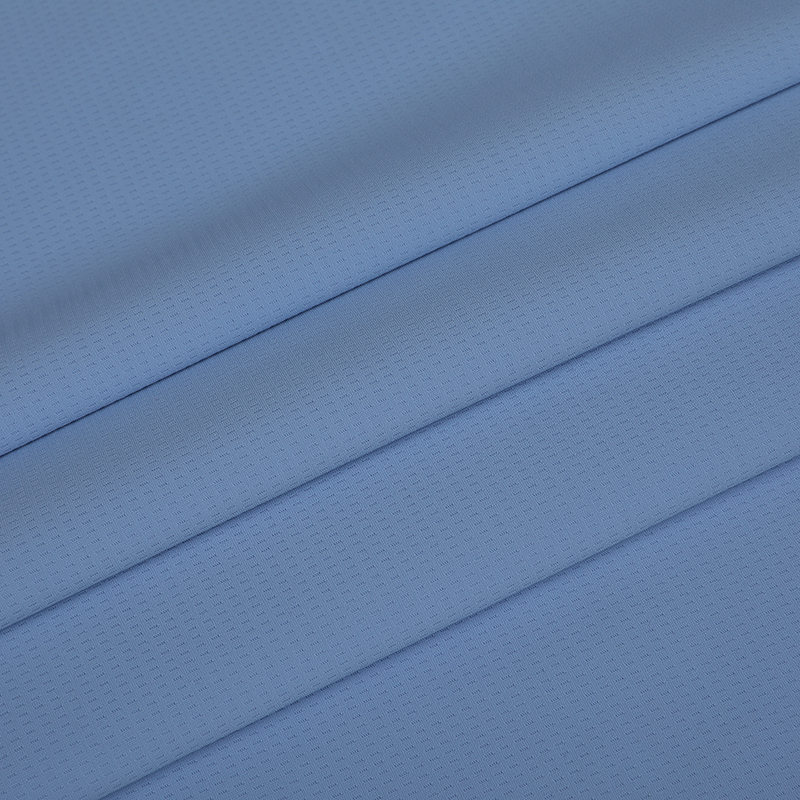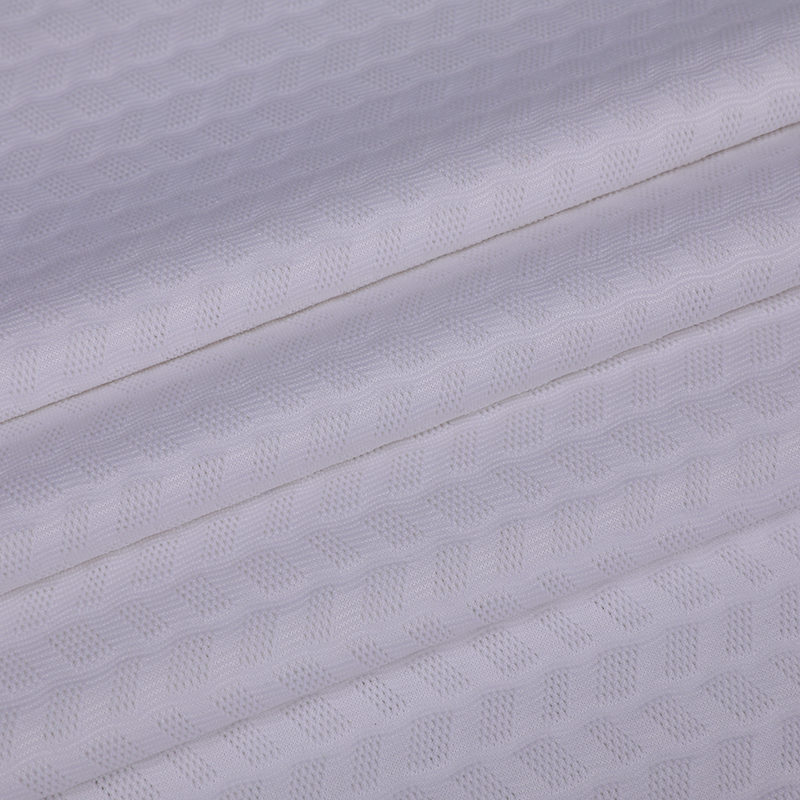Submit feedback
The Ultimate Guide to Selecting Breathable and Moisture-Wicking Yoga Fabrics
2025-10-30
Introduction
In the modern fitness landscape, the role of clothing extends far beyond aesthetics. For yoga practitioners and fitness enthusiasts, the choice of fabric can significantly influence comfort, performance, and even the overall workout experience. Among the wide range of yoga fitness fabric options, breathability and moisture-wicking capabilities stand out as critical characteristics. These properties not only enhance performance but also protect the skin, regulate temperature, and ensure a hygienic workout environment.
Understanding how breathable and moisture-wicking yoga fabrics function provides the foundation for selecting the suitable workout fabrics for every type of activewear fabrics requirement.
Understanding Breathable and Moisture-Wicking Fabrics
What Is Breathability?
Breathable fabrics allow air to circulate freely through the material. This airflow facilitates the evaporation of sweat, preventing excessive heat and discomfort during high-intensity activities. For yoga and fitness routines, fabrics with breathability reduce overheating and help maintain body temperature.
Breathability is particularly important in activewear fabrics because it supports longer workout sessions without skin irritation or discomfort.
How Moisture-Wicking Works
Moisture-wicking fabrics are engineered to draw sweat away from the skin and disperse it across the surface of the fabric, where it can evaporate more quickly. This process keeps the skin dry, reduces chafing, and prevents the accumulation of bacteria that can odor.
By combining breathability and moisture-wicking, yoga fitness fabric ensures that workout fabrics maintain comfort, hygiene, and performance integrity during even the demanding sessions.
Key Properties of Breathable and Moisture-Wicking Yoga Fabrics
| Property | Description | Benefits |
|---|---|---|
| Breathability | Ability to allow air to pass through the fabric | Prevents overheating, keeps skin cool, enhances comfort |
| Moisture-Wicking | Draws sweat away from the skin and disperses it for quick evaporation | Keeps skin dry, reduces chafing, maintains hygiene |
| Stretchability | Fabric flexibility that accommodates movement | Supports a full range of motion, enhances yoga and workout performance |
| Softness | Surface texture that feels gentle against the skin | Reduces irritation, improves wearability for longer sessions |
| Durability | Resistance to wear and tear during repeated use | Ensures long-lasting performance, retains shape and moisture-wicking ability |
Materials Commonly Used in Breathable Yoga Fitness Fabric
Synthetic Fabrics
Polyester and nylon are popular choices for activewear fabrics due to their inherent moisture-wicking properties. These synthetic materials are lightweight, durable, and easy to maintain. They also offer stretch and recovery, making them ideal for dynamic movements in yoga and fitness exercises.
Blended Fabrics
Many yoga and workout fabrics combine natural fibers such as cotton with synthetic fibers. Blended fabrics often provide a balance between softness, breathability, and moisture management. The cotton component adds comfort and a natural feel, while the synthetic fibers enhance sweat management and durability.
Advanced Performance Fabrics
Recent innovations in fitness fabrics include microfibers and engineered knits that optimize airflow and evaporation. These advanced fabrics are designed for targeted breathability zones, ensuring that high-sweat areas are properly ventilated while maintaining overall garment integrity.
Performance Benefits of Breathable and Moisture-Wicking Yoga Fabrics
Enhancing Comfort
Comfort is the primary benefit of breathable yoga fitness fabric. By maintaining a dry and cool microclimate around the body, these fabrics prevent distraction and discomfort during workouts. This is essential not only for yoga poses but also for high-intensity training sessions.
Reducing Skin Irritation
Sweat accumulation can cause friction and skin irritation. Moisture-wicking fabrics minimize this risk, ensuring that the skin remains dry and protected. For individuals with sensitive skin, selecting suitable workout fabrics can significantly improve the overall experience.
Improving Performance
When the body stays cool and dry, energy is preserved for actual movement rather than dealing with discomfort. Breathable and moisture-wicking yoga fabrics help athletes maintain stamina, flexibility, and concentration, directly contributing to better workout results.
Selecting the Right Fabric for Your Workout Needs
Choosing the right yoga fitness fabric requires careful consideration of several factors:
Intensity of Activity – High-intensity workouts benefit from moisture-wicking fabrics, while low-intensity yoga sessions may prioritize softness and flexibility.
Climate Conditions – In warmer climates, breathability becomes critical to prevent overheating. In cooler environments, balancing insulation with moisture management is essential.
Duration of Use – For extended workouts or all-day activewear, durability and odor resistance are important considerations.
Type of Movement – Fabrics with high stretchability support complex yoga poses and dynamic fitness routines without restricting motion.
| Factor | Recommended Fabric Feature |
|---|---|
| High-intensity workouts | Maximum moisture-wicking, moderate breathability |
| Low-intensity yoga | High softness, good stretchability, moderate moisture management |
| Warm climates | Enhanced breathability, quick-drying fibers |
| Extended workouts | High durability, odor-resistant properties |
| Dynamic movement | Four-way stretch, flexible activewear fabrics |
Care and Maintenance of Breathable Workout Fabrics
Proper care extends the life of yoga and workout fabrics and preserves their performance properties. Some key recommendations include:
Washing in cold water: Helps maintain the integrity of moisture-wicking fibers.
Avoiding fabric softeners: Fabric softeners can coat fibers, reducing breathability and sweat absorption.
Air-drying: Preserves elasticity and prevents shrinkage compared to high-heat drying.
Gentle handling: Reduces wear and tear, ensuring durability for long-term use.
By following these practices, activewear fabrics maintain their breathable and moisture-wicking characteristics, providing consistent performance over time.
Future Trends in Breathable and Moisture-Wicking Yoga Fabrics
The demand for advanced yoga fitness fabric continues to grow, driven by increasing awareness of health, hygiene, and workout optimization. Emerging trends include:
Smart textiles: Fabrics integrated with sensors to monitor sweat and body temperature.
Sustainable materials: Eco-friendly fibers that retain moisture-wicking and breathability features.
Enhanced fabric engineering: Micro-structures and weaves that improve airflow, stretch, and sweat management simultaneously.
These innovations are expected to redefine the activewear fabrics market, offering comfort, functionality, and performance for fitness enthusiasts.
Conclusion
Selecting the right breathable and moisture-wicking yoga fabrics is no longer a luxury—it is a necessity for anyone serious about their workout efficiency and comfort. From synthetic to blended and advanced performance fabrics, the right choice enhances comfort, reduces skin irritation, and improves overall workout results.



 English
English 中文简体
中文简体 Español
Español 日本語
日本語


